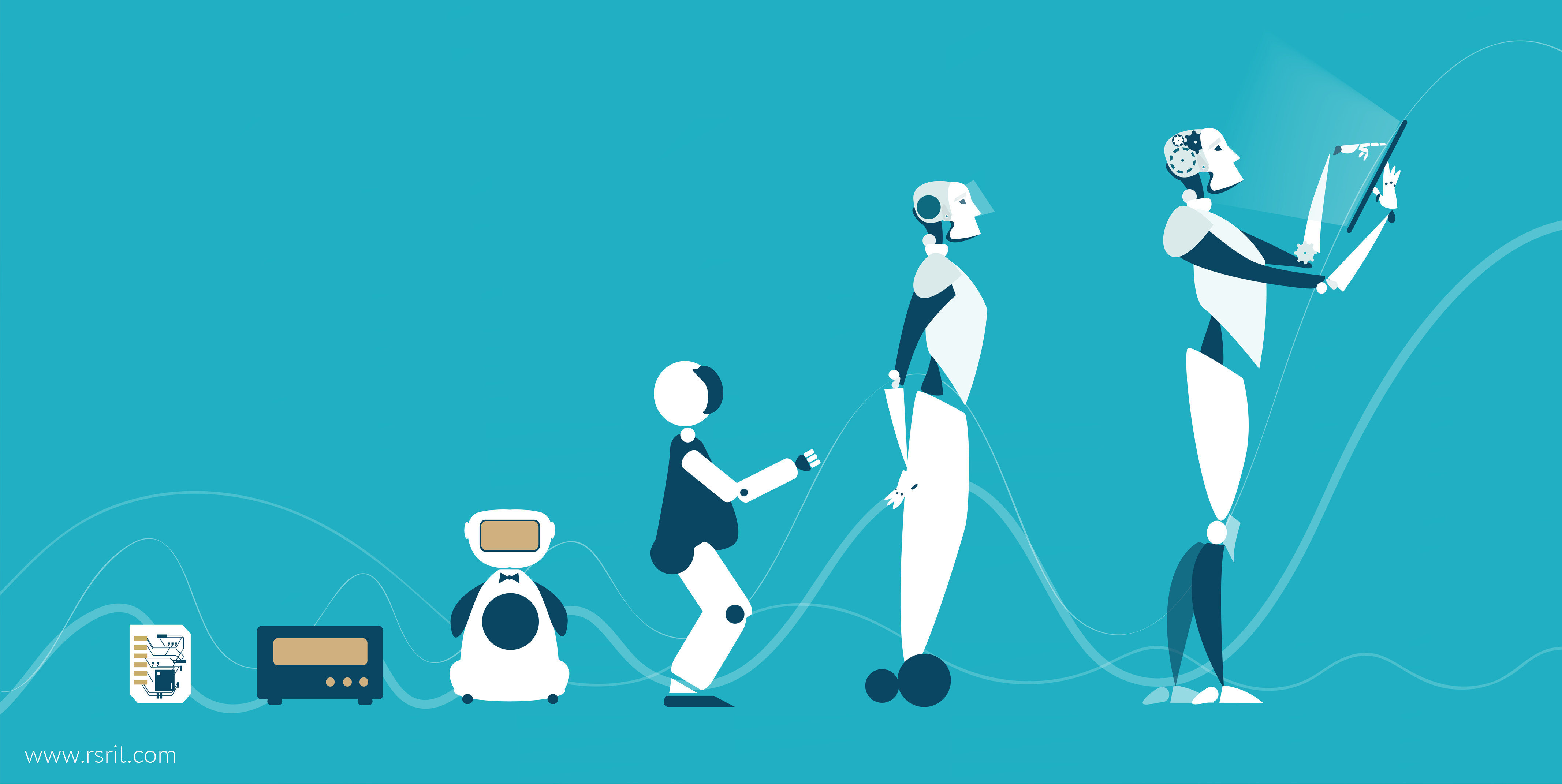We’ve all had to deal with software applications that are reminders of an older, simpler time. They’re usually deeply-embedded applications that meet very specific and complex needs. You’ve almost certainly dealt with these before; the tools with user interfaces dating to a different era that persist long past their sell-by date because they do the job just fine and “If it ain’t broke, don’t fix it.”
The problem is, behind the scenes those tools are, in fact, broken and they’re usually causing more problems than they solve. They’re hard to maintain and have a high cost of ownership, especially as the people who know how to manage them transition out of the workplace. They don’t handle change well, they don’t play well with the rest of your organization and while they may manage the status quo reasonably effectively they rarely contribute to growth.
That’s where application modernization comes in. Application modernization is the process of taking legacy applications and bringing them into the modern digital age, re-engineering them to continue doing the job they were accomplishing but also positioning them for the future. This includes modernizing their interactions with users, forging connections between formerly-siloed applications and enabling transformational big data analytics and other engines for business growth.
In short, application modernization takes slow, rigid tools and turns them into the kind of proactive, flexible and real-time prescriptive IT systems that are imperative for business growth.
While application modernization has been especially popular in areas such as point-of-sale, inventory and the like, one trend we are seeing as application modernization shows its value is for organizations to look at applying the process to their enterprise applications. Legacy applications in those roles can become incredibly harmful to an organization’s ability to grow and evolve, thanks largely to their inability to effectively share and use data with other enterprise applications.
At Reliable Software, we address this through Enterprise Application Integration (EAI), which takes enterprise applications in roles such as supply chain management, business intelligence, customer relationship management and the like and breaks through the barriers between them. While there are many excellent modern enterprise applications for these roles in the market today, plenty of organizations find value in keeping their existing environments in place. EAI helps those organizations have the best of both worlds, maintaining the capabilities that drove the retention of the legacy applications while ensuring that behind the scenes, those enterprise applications truly are functioning as part of the entire enterprise. This means developing capabilities like data flows between formerly-standalone applications, common data depositories that reduce data reentry and disagreement and APIs that empower other tools throughout the organization to interact with the legacy systems for the first time.
Do you want the benefits of modern applications but can’t imagine getting rid of what’s already working? Contact us today to learn more about how your applications could be brought into the modern digital era through application modernization.



